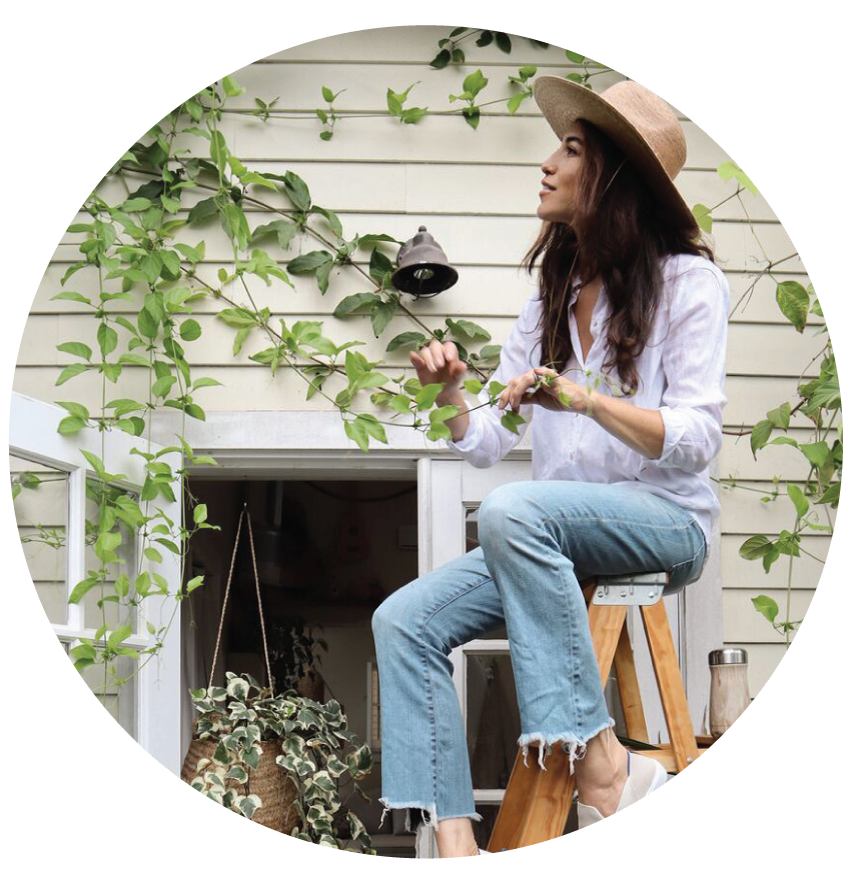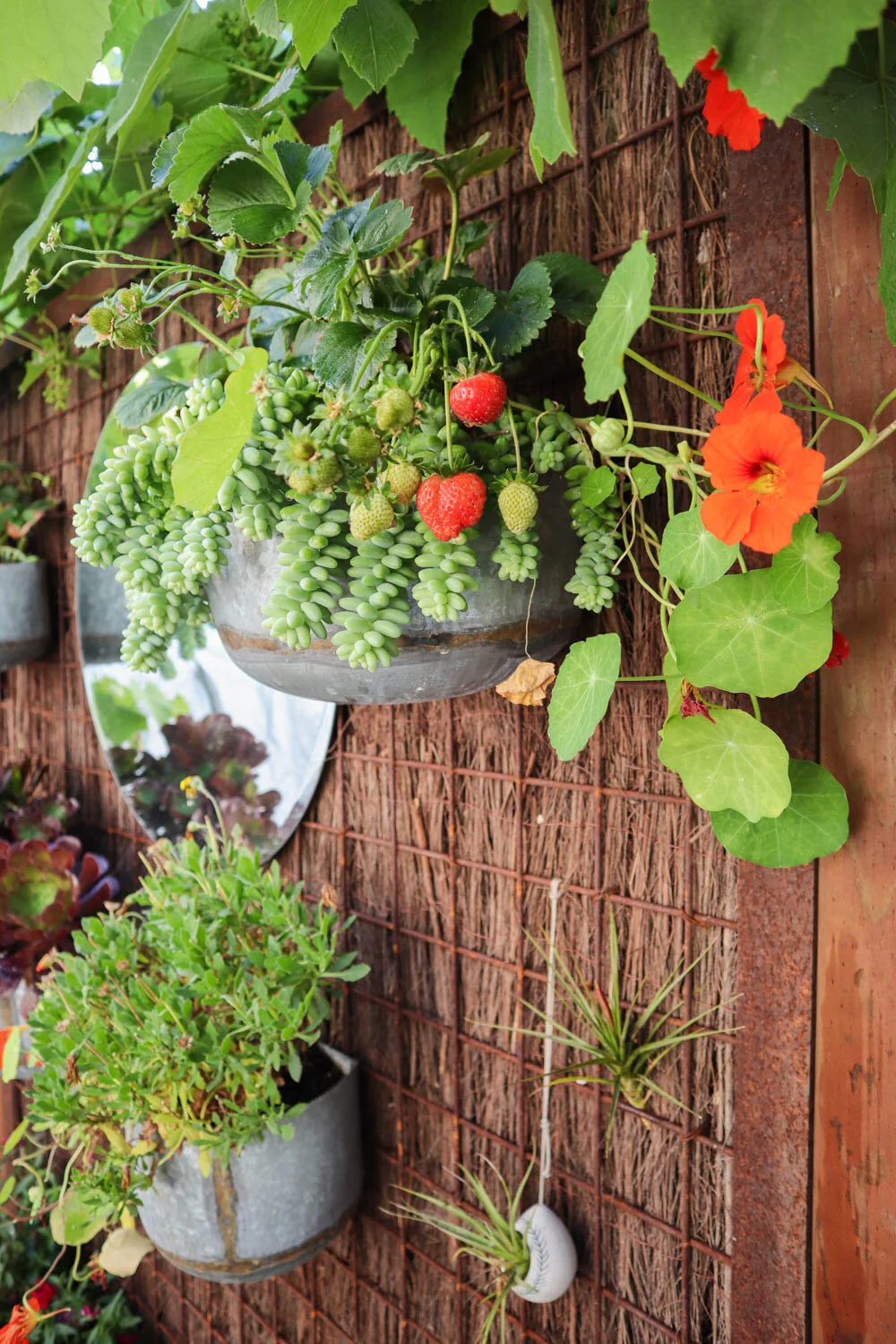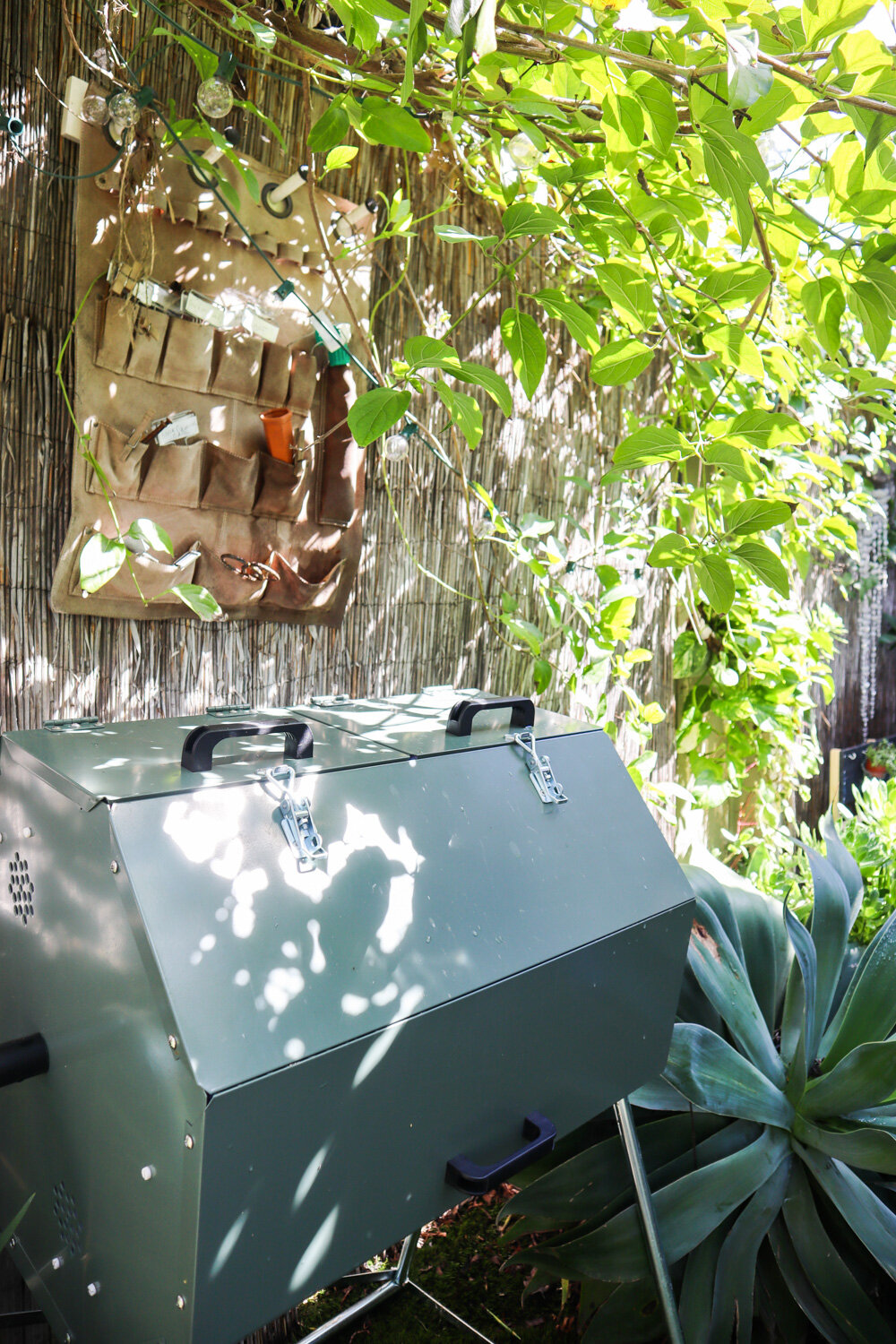The Future We Choose - Regenerative Small Space Living
I recently finished reading, The Future We Choose: Surviving the Climate Crisis, which is a cautionary but inspiringly optimistic book about the future of humanity in this crucial time for our planet. Written by Christiana Figueres and Tom Rivett-Carnac (lead negotiators for the United Nations during the Paris Agreement), this incredible book offers two scenarios for the near future: one in which we fail to meet the goals set forth by the Agreement, and another in which governments, corporations and individuals confront the climate crisis head-on and create a carbon-neutral and regenerative world.
Needless to say, I want to live in the scenario in which humanity and wildlife survive and thrive. But hope is not enough— action is required across all levels. It might not seem like there’s much we can do on a household basis, but Figueres and Rivett-Carnac provide a very clear and compelling argument for why every individual’s actions matter in this moment, and what our culture can do to enact immediate change.
My family and business are adjusting our ways accordingly.
I will continue to center my business upon sharing stories and solutions pertaining to living comfortably and contentedly in small spaces. After all, as humanity adapts to the necessary changes required to combat the climate crisis, we will need to learn how to better share, and live with less stuff (yet with no less abundance). Additionally, Adam and I are also diving headlong into learning about regenerative gardening and practices for small urban spaces.
We want to be more than just a resource for comfortable and adaptable small space living. We’re also striving to be a resource for those who are interested in self-sufficient and restorative small space living, requiring less of the Earth, while also giving back to it.
According to The Future We Choose, we must create a greener planet in every space possible. Cities can become exceptional, with more trees, more parks for our children and wildlife, fewer cars, and plenty of urban agriculture.
“Every vacant lot, every grimy unused alley, has been repurposed and turned into a shady grove. Every rooftop has been converted to either a vegetable or floral garden. Windowless buildings that were once scrawled with graffiti are instead carpeted with verdant vines… Things that used to be done individually are now done communally— growing vegetables, capturing rainwater, and composting… In community gardens, on rooftops, at schools, and even hanging from vertical gardens on balconies, food sometimes seems to be growing everywhere.”
Adam and I will share what we learn as we go. We’re starting with our own research online and at our local libraries, and taking courses via Kiss The Ground. We’ll listen to folks who’ve had their hands in the regenerative practices for years (such as our friends at Apricot Lane Farms). We’ll also work towards making our home more efficient via renewable energy whenever possible within our financial means.
And we will, of course, continue to bike over drive, refuse single-use plastics, be mindful of our clothing and food, cut back drastically on unnecessary air travel, use our voices as citizens and consumers, vote at the ballot box, and vote with/without our hard-earned dollars.
Let’s see what folks in small urban spaces such as ours can do to take less, give more, and create the future we choose.
* The Future We Choose: Surviving the Climate Crisis, by Christiana Figueres and Tom Rivett-Carnac











